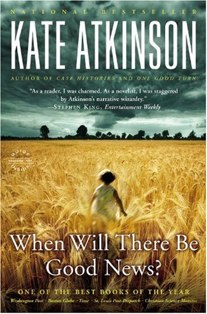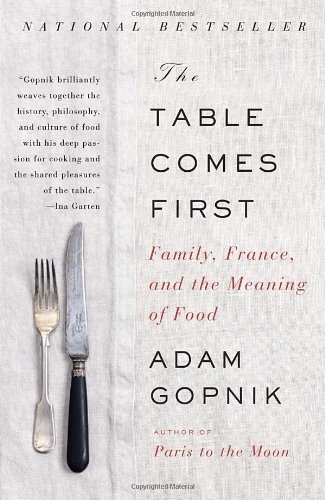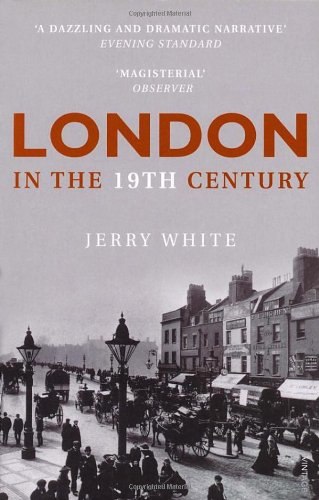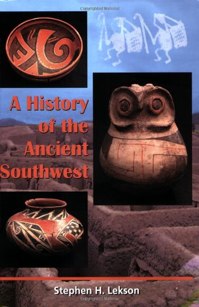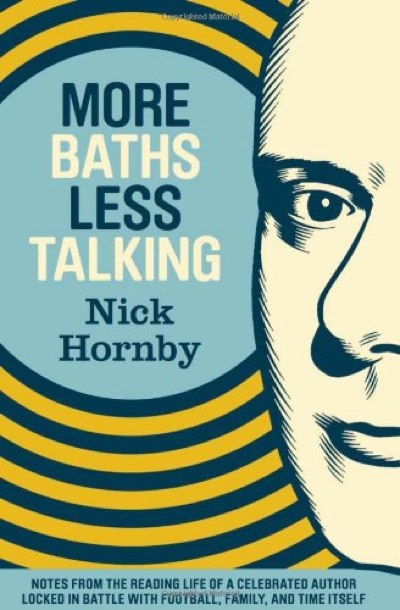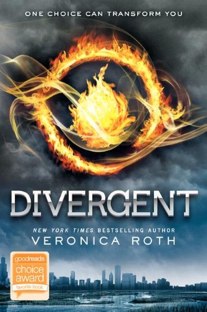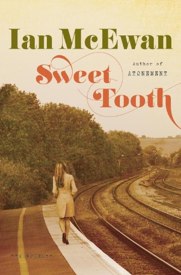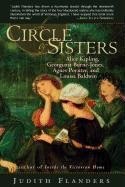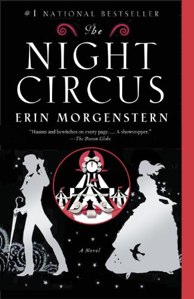This indispensable, idiosyncratic book for the Western visitor to Calcutta/Kolkata leads visitors away from the familiar, colonial-era monuments and into the vibrant streets of this city. All of Calcutta is astonishing, but my experience was that Humphrey is exactly right in thinking that Western visitors will, in fact, be much more at home (and receive a much more interesting and, presumably, real impression of the city) in the vast swaths of the city where they are unexpected than in the handful of places where they are.
On nearly every stroll near New Market, for example, I was at least occasionally engaged by aggressive beggars or by tourist touts. (Hello again, Shakil!) This didn’t happen anywhere else; at most, if I was studying my cell phone map, someone might ask me if they might help. And even on the day of a massive public demonstration against American disrespect for Islam, I felt nothing but welcome (and curiosity or puzzlement) when walking through either Moslem or Hindu quarters.
Calcutta is made up of a complex tangle of streets and alleys, through which large automobile boulevards have been driven at infrequent intervals. Many streets have two names, a colonial name and a newer one; in some cases, the new name has stuck and in others, everyone uses the old name. The tangles and warrens themselves have occasionally been rationalized; sometimes, a street will end in one place but will start again someplace else. Finally, an address may apply to an entire building complex or an entire block rather than to individual shops or houses. Nonetheless, the tangle is the place you generally want to be.
Humphrey has a nice mix of interests in people, in history, and in occupation. He gives himself space to tell stories and to conduct quick interviews with letter-writers, astrologers, with squatters. Even with these interludes, this is a real guide to be carried in the hand as you travel, not merely to be read in your armchair.
The book is readable, even for walks you don’t actually to take. I didn’t get to Tagore Castle, for example, scared away by reports of endemic dengue, but it’s just one of bunches of odd sidelights Humphrey describes that the usual guides ignore. It’s an early 19th century palace that is now a slum tenement.
For the perfect flâneur, for the passionate spectator, it is an immense joy to set up house in the heart of the multitude, amid the ebb and flow of movement, in the midst of the fugitive and the infinite. To be away from home and yet to feel oneself everywhere at home; to see the world, to be at the centre of the world, and yet to remain hidden from the world
Two prerequisites of flânerie, however, are knowing what you are seeing and feeling at least a little bit at home. (For a pale six-footer, to remain hidden here is improbable.) That there should be a lot that I didn’t understand is unsurprising; after all, here I’m illiterate and unversed. I don’t know where to be and where to look, and some introductory material might be helpful here. I repeatedly saw couples on the street or in restaurants, for example, who were engaged in intense discussion, and was never able to tell whether the couple was breaking up or comparing the merits of different economic policies. I don’t understand the significance of distinct clothing styles that must be meant to broadcast their significance. And I don’t know how to avoid an intrusion that veers from odd (“why on earth is a tourist here?”) to intrusive (“how am I supposed to work with that idiot blocking my light and scaring away the customers?”) or offensive (“what is he looking at?”).
For example: when hot and tired, I sometimes stand with my hands on my hips. Don’t do this on a Kolkata street: it makes you too broad, and people will keep bumping into you. Kolkata is crowded, and Kolkatans stand compactly.
Conversely, in a city plagued by brutal economic inequality, one where political and ethnic feeling runs high and has in the past spilled into terrible violence, street crime does not appear to be much of a problem.
One problem with this edition is that the maps are not quite adequate. Unable to have original maps drafted, Humphrey has licensed some existing street maps that cover the areas for each walk, but this often requires three or four overlapping maps, printed with different scales and different orientations, to cover a single walk. The proposed routes are not marked on the maps, but things the traveler doesn’t care about, such as ward boundaries, are prominent. Worst, the actual route is not drawn. It would have been far better to simply add a route line, if only with a ball-point pen, than to leave the audience to puzzle things out on a crowded corner, dodging rickshaws, appeasing dogs, and getting in everybody’s way.
October 2, 2012 (permalink)
